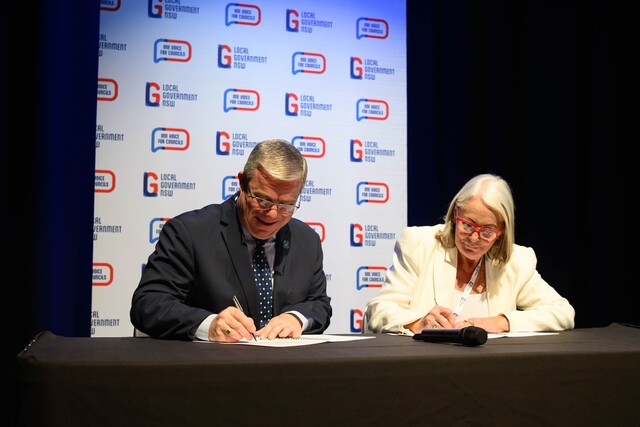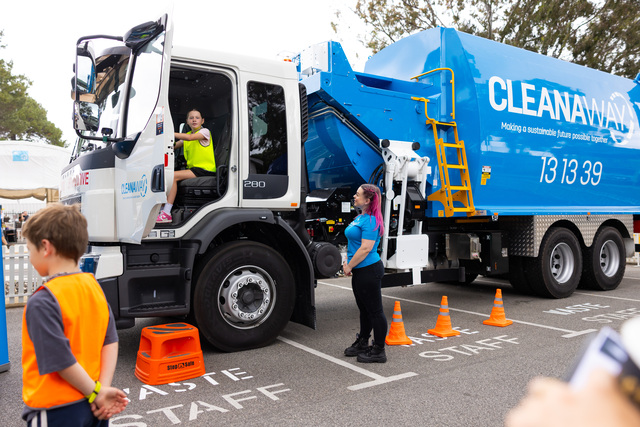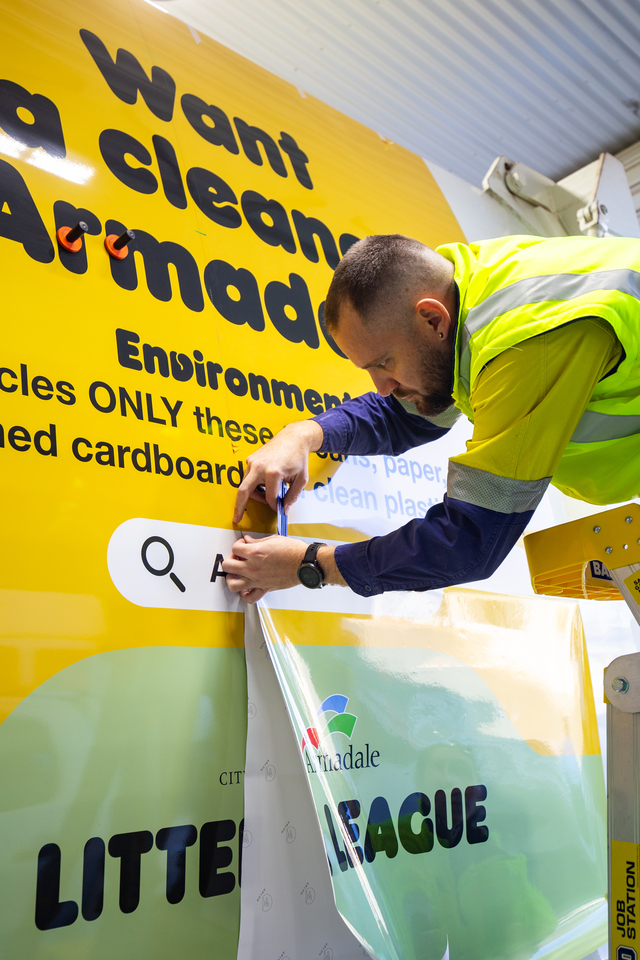New South Wales’ Campbelltown City Council recently launched its latest weapon in the fight to keep its public amenities free from graffiti – a dedicated Graffiti Action Team (GAT).
Wearing brightly coloured vests and with a purpose built vehicle, the team can be seen across the City, removing unsightly graffiti from public areas.
Mayor of Campbelltown, Councillor Aaron Rule, said this demonstrates Council’s commitment to combating graffiti vandalism and is a visible deterrent for would be taggers.
“Graffiti is a crime,” he said. “It is malicious damage to both community and private assets.
“Council currently allocates more than $200,000 each year towards its graffiti removal program. A variety of resources are used for the rapid removal of graffiti, including organised programs through Corrective Services and Juvenile Justice.
“The introduction of Council’s dedicated Graffiti Action Team will help to ensure graffiti is removed promptly from public areas.
“Graffiti removal is often the result of reports from community members, however, Council staff are active in patrolling problem areas in an effort to minimise the damage caused by, and the exposure to graffiti.”
Following the introduction of the GAT, more than 5,200 square metres of graffiti were removed from Council’s public facilities between April and June of 2008, compared with only 2,480 square metres over the same period in 2007.
Council is now urging residents to report incidences of graffiti to the GAT and the police, and is also issuing free graffiti removal kits to residents and businesses on request, to encourage the entire community to become proactive in helping to remove graffiti.
For further information contact Campbelltown on (02) 4645 4966 or visit www.campbelltown.nsw.gov.au








